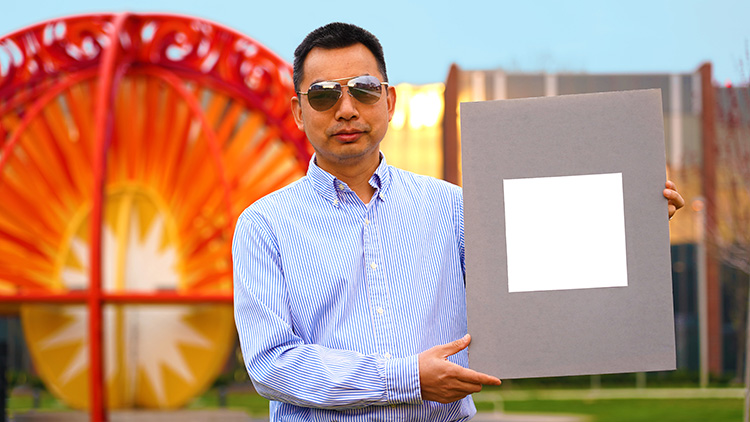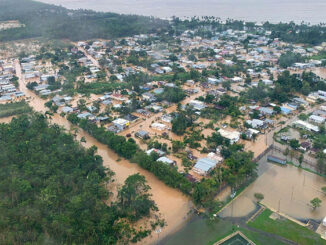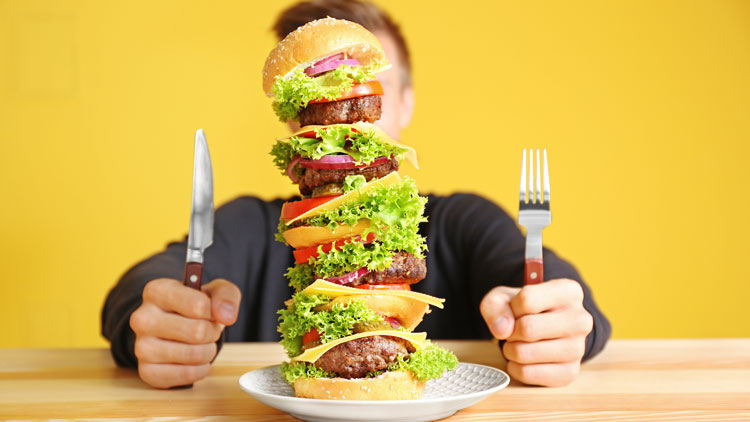
Reduce, reuse, recycle, … repaint?
Thanks to scientists at Indiana’s Purdue University, we could soon add “paint a building” to the list of things we can do to help fight climate change. How could painting a building help save our planet?
Professor Xiulin Ruan and his students claim that painting buildings with their new white paint could eliminate the need for air conditioning. This would reduce the amount of electricity used, which would help protect our planet.
The new white paint really is cool. It reflects 98.1% of sunlight away from a surface. That means only a tiny amount of the Sun’s heat is absorbed. In fact, the paint can keep surfaces cooler than surrounding areas: 19°F cooler at night, and 8°F cooler during the day. Because the paint is so reflective, it is extremely white, or ultra-white. The 2022 edition of Guinness World Records deems it the world’s whitest paint.
How did Ruan and his team do it? They looked at different products, analyzing what makes them so white. They analyzed over 100 materials and narrowed them down to ten. Then they tested about 50 formulations for those materials. They found that a chemical substance in white photo paper called barium sulfate could make things ultra-white. The new paint has a high concentration of barium sulfate—but not too high; otherwise, the paint could break or peel off.
The team also used different sized particles of barium sulfate. Different-size particles scatter different amounts of light, so a variety of particle sizes helps the paint reflect more light.
The paint is not just for buildings; it could also be used on rooftops, roads, and cars. Ruan estimates that if just 1% of Earth’s surface were painted with this ultra-white paint, we could reverse global warming.
What do you think? Professor Ruan teaches mechanical engineering. How did he and his students use the Engineering Design Process to create the world’s whitest paint?
Reading Response Click on this link to respond to your reading. Print out the response page or upload it to your classroom site.
Photo Credit: Jared Pike/Purdue University



